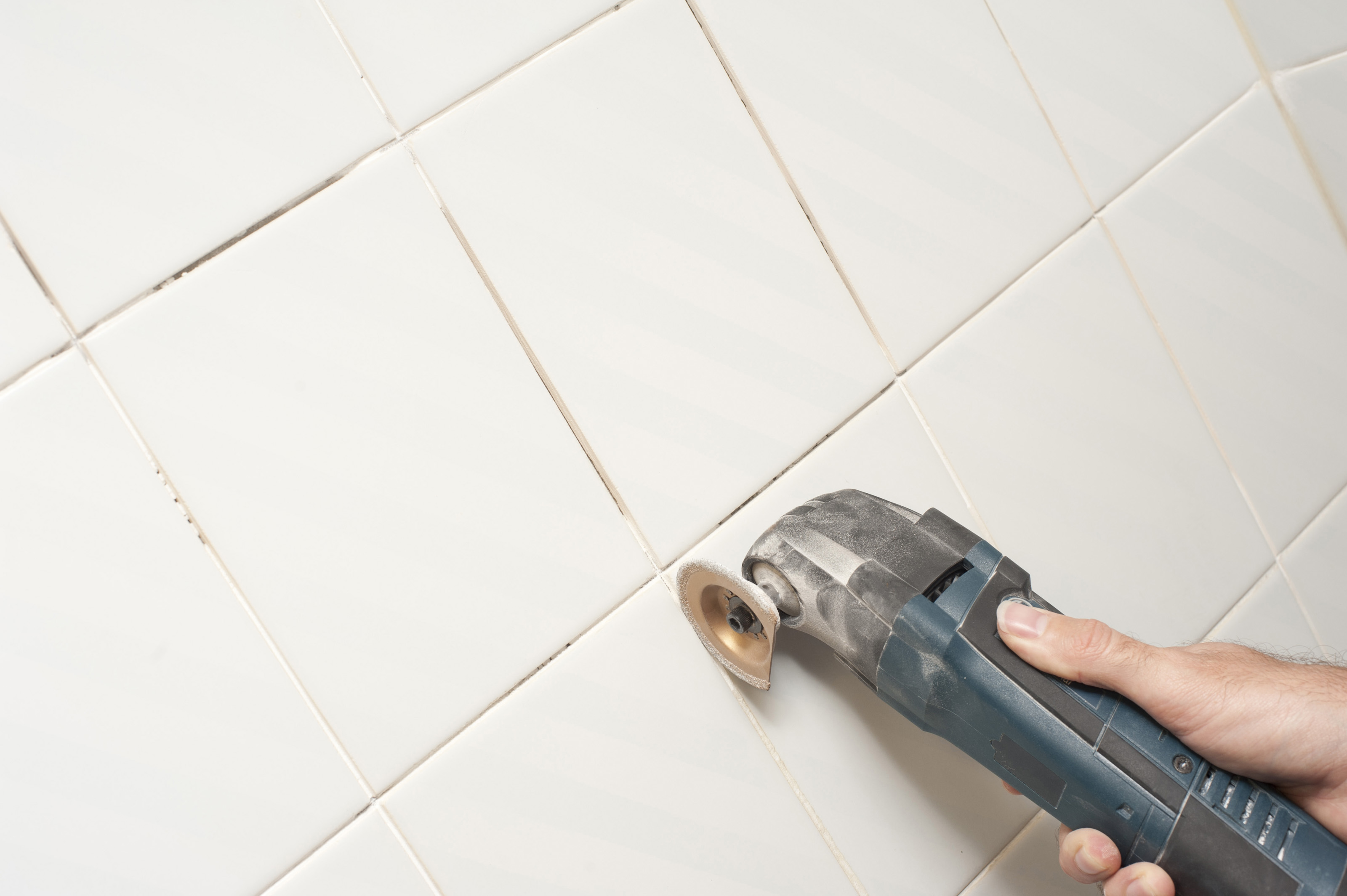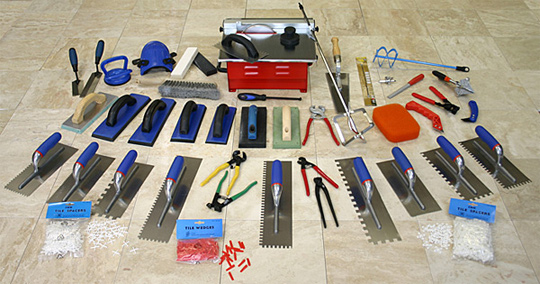

So read this free guide, How to Tile an Image in Windows 10 Without Photoshop. This tip is about the how to Tile an Image in Windows 10 Without Photoshop. Mosaic of a photo in Microsoft PowerPoint

Create a repetitive image using wallpaper How to Tile an Image in Windows 10 Without Photoshop – Guide Photoshop will open a dialog box that allows you to create a regular grid pattern using guides, although it’s a bit finicky.

Open the View menu and select New Guide Layout. You could manually use the Slice tool to draw out each tile, but that’s way too time-consuming, and there’s a great workaround that uses guides. Once you’ve got your tile dimensions, open your image in Photoshop. Modern printers don’t usually need more than 0.5 inches of margin space, so if you’re printing on a standard 8.5” x 11” sheet of paper, estimate that you can print 7.5” x 10” for every tile. If you can’t get that information (or you’re feeling lazy and don’t want to try, no judgments), you’ll have to settle for an estimate of the tile size you can use. Check your printer manufacturer’s support website for more information. The dimensions will vary a lot depending on the printer model, paper size, and several other factors, so you’ll have to figure this out on your own for your specific situation. It’s also possible to slice your image manually in Photoshop to produce a tiled print, although this method is definitely a lot more time-consuming and prone to human error.įor most situations, Method 1 should be used, but if you’re determined to do this by hand, the best thing you can do is figure out the maximum printable area for your printer. It will take a while to complete, but by the end, you’ll have a perfectly tiled print of your Photoshop document. You can also set up an overlap around the edges of each tile, although this can make reconstructing the final image a bit more difficult since you’ll have to place each tile more precisely instead of just matching the edges.Ĭustomize any additional settings specific to your printer, and click the Print button. To increase the size of your overall image, increase the Tile Size setting. As you’ll see immediately in the preview pane, your large document has been automatically divided among as many pages as needed.Ībove the preview image, you’ll find some info about the number of pages required to complete the tiled print. In the Print dialog box, locate the Page Sizing & Handling section, and click the Poster button. Since most people want to tile print for quick testing purposes, let’s start with the easier automatic method.
Tile image tool pdf#
Photoshop does not allow you to tile print automatically, but there are a couple of simple ways around this limitation: you can manually slice your image into individual sections that match your printer’s paper size, or you can export your document as a Photoshop PDF and then tile print it automatically using the free Adobe Acrobat Reader app.
Tile image tool professional#
Typically this process is only used for testing purposes before sending files off to a larger press, a process known as ‘proofing’, but it has plenty of other uses as well – especially if you don’t have access to a professional printer. Tile printing allows you to print a very large document over multiple smaller pages so that they can be reassembled to form the larger image like a jigsaw puzzle.

This is probably intentional on Adobe’s part since Photoshop is typically used as part of a pre-press workflow rather than for home desktop publishing, but Illustrator and Indesign both offer more tools for direct printing than you’ll find in Photoshop, such as tile printing. It’s pretty well-optimized and feels responsive even when working on a high-resolution 16-bit image with multiple layers, but there’s one area where it falls a bit short: printing. Photoshop is a great tool for working on very large images.


 0 kommentar(er)
0 kommentar(er)
